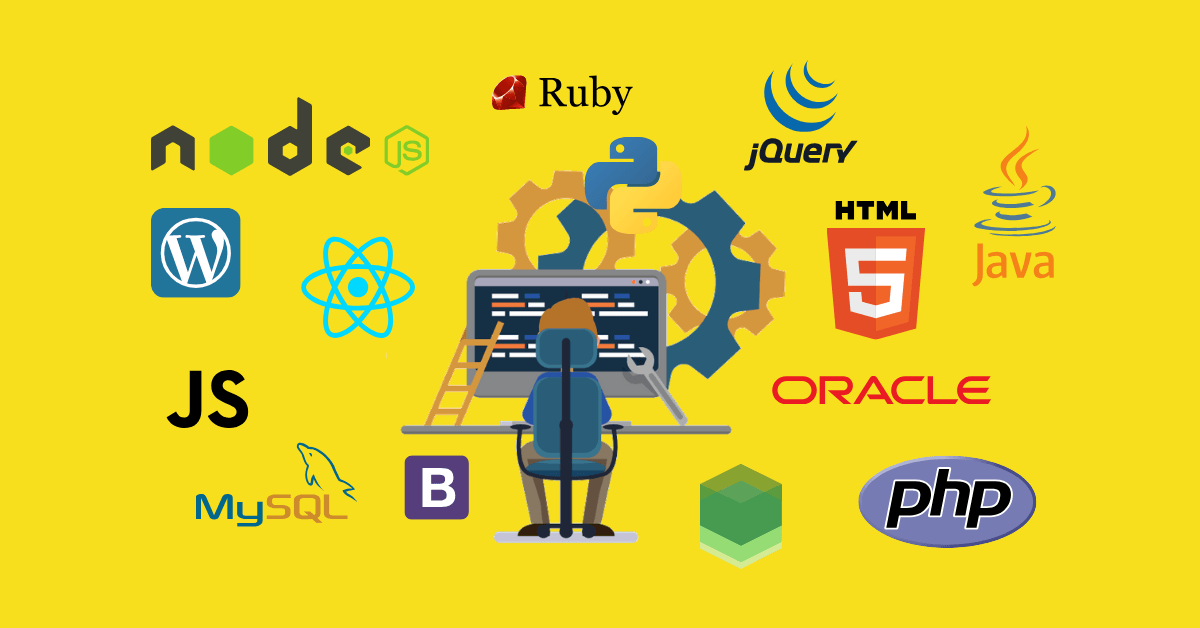How to choosing the right technology stack for your content-driven social network?

Choosing the right technology stack for your content-driven social network is crucial for building a scalable, performant, and secure platform. The appropriate technology stack will depend on the specific requirements and goals of your social network, but some common considerations include:
Programming Languages:
- Front-end development: Consider using JavaScript frameworks like React, Angular, or Vue.js for creating interactive and dynamic user interfaces.
- Back-end development: Choose a language like Python, Ruby on Rails, or Java for building the server-side logic and data management capabilities.
Databases:
- Relational databases: For structured data storage and retrieval, consider using MySQL, PostgreSQL, or MariaDB.
- NoSQL databases: For unstructured or semi-structured data, consider using MongoDB, Cassandra, or CouchDB.
Cloud Infrastructure:
- Cloud hosting: Leverage cloud platforms like Amazon Web Services (AWS), Microsoft Azure, or Google Cloud Platform (GCP) for scalable and elastic hosting.
- Content delivery networks (CDNs): Utilize CDNs like Cloudflare or Fastly to distribute content globally and improve performance.
Additional Tools and Libraries:
- Content management systems (CMS): Consider using a CMS like Drupal, WordPress, or Contentful for managing content creation and publishing.
- Caching tools: Implement caching mechanisms like Memcached or Redis to improve performance and reduce database load.
- Real-time communication: Utilize real-time communication platforms like Firebase or Pusher for enabling live chat, notifications, and streaming features.
Security Considerations:
- Authentication and authorization: Implement robust authentication and authorization mechanisms to protect user data and prevent unauthorized access.
- Data encryption: Encrypt sensitive user data both at rest and in transit to safeguard privacy and prevent breaches.
- Vulnerability scanning and patching: Regularly scan your application for vulnerabilities and apply security patches promptly.
Performance Optimization:
- Load testing: Perform load testing to ensure your platform can handle anticipated traffic and usage patterns.
- Code profiling: Identify and optimize performance bottlenecks in your code to improve responsiveness and scalability.
- Resource monitoring: Continuously monitor resource utilization and identify potential performance issues.
Remember that the technology stack you choose should align with your specific project requirements, team expertise, and budget. It’s also advisable to consult with experienced software architects and developers to ensure you’re making informed decisions.
